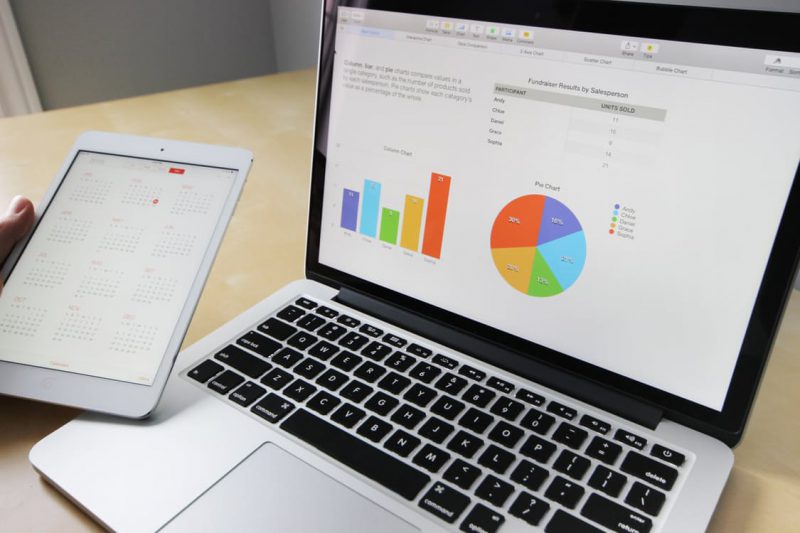Digital Marketing Statistics, Trends and Data for 2017
Why are more people using digital and what are the best ways you can optimize your digital marketing efforts. Statistics, Trends and Data for 2017.
General Digital Marketing Stats
- 94% of business buyers do some form of online research and 84.3% start their research on the businesses website. (Source: Acquity Group’s State of B2B Procurement study)
- Nearly half of digital marketing budgets are spent on search, with 31% on paid search and 18% on SEO. (Source: MarketingProfs)
- Overall, U.S. marketers will spend more than $103 billion on search, display, social media, and email marketing by 2019 — growing at a 12% compound annual growth rate (CAGR) — but search will remain the largest share of interactive spend. (Source: MediaPost)
- While not a great fact for the US retail industry, the impact of digital is on pace to close more stores this year than the 6,200 shuttered during the Great Recession in 2008. (Source: Credit Suisse)
Email Marketing
- The number of e-mail users worldwide is forecasted to rise to 2.9 billion users by 2019. (Source: Statista, 2016)
- Of the 35% of US retail email list subscribers who are customers of the retailer they received an email from, just 15% have made multiple purchases. (Source: eMarketer, 2016)
- Ecommerce customers who received multiple abandoned shopping cart emails are 2.4 times more likely to complete the purchase than those who receive only one follow up email. (Source: Experian, 2016)
- According to Litmus, in 2016 the greatest number of emails were opened on mobile devices at 54%, Webmail ranked second at 30% and Desktop email opens dropped to 16%. (Source: Litmus 2016)
- Triggered emails drive 624% higher conversion responses for the same number of sends as compared to “batch and blast” emails. This is driven by a 381 percent higher click rate, and an 180 percent higher post-click conversion rate. (Source: VentureBeat, 2016)
- A June 2016 survey of US marketers conducted by the Direct Marketing Association (DMA) and Demand Metric found that email had a median ROI of 122% – more than four times higher than other marketing formats, including social media, direct mail and paid search. (Source: eMarketer, 2016)
Email Automation
- Revenue for B2B marketing automation systems increased 60% to $1.2 million in 2014, compared to a 50% increase in 2013. (Source: Venturebeat)
Search Engine Marketing
- Integrating PPC and organic SEO efforts results on average in a 25% increase in clicks and a 27% increase in profits over isolated or disconnected efforts. (Source: Digital Marketing Philippines)
- 89% of customers begin their buying process with a search engine. (Source: Biznology)
- Google’s advertising revenue is larger than that of the entire U.S. print industry.
- U.S. spending on search marketing will reach $31.6 billion in 2015. (Source: MediaPost)
- U.S. spending on paid search and organic optimization will top $45 billion by 2019. (MediaPost)
- Google’s market share for search is over 77%. (Source: Net Market Share)
Search Engine Optimization and Organic Search
- Organic search drives 51% of all visitors to business-to-business and business-to-consumer Web sites, whereas paid-search drives 10% and social 5%. (Source: MediaPost)
- The top organic result still captures about the same amount of click activity (32.8%) as it did in 2005. However, organic results that are positioned in the 2nd through 4th slots now receive a significantly higher share of clicks than in 2005–63% vs. 48%. (Source: MarketingProfs)
Content Marketing
- Marketers who produce high-quality, relevant content enjoy audiences who spend significant time on their sites. Over time, this engagement helps produce higher levels of brand recognition, which boosts sales and encourages ongoing engagement. (Source: NewsCred)
- 60% of marketers create at least one piece of content each day. (Source: eMarketer)
- Year-over-year growth in unique site traffic is 7.8x higher for content marketing leaders compared to followers (19.7% vs 2.5%). (Source: Aberdeen)

